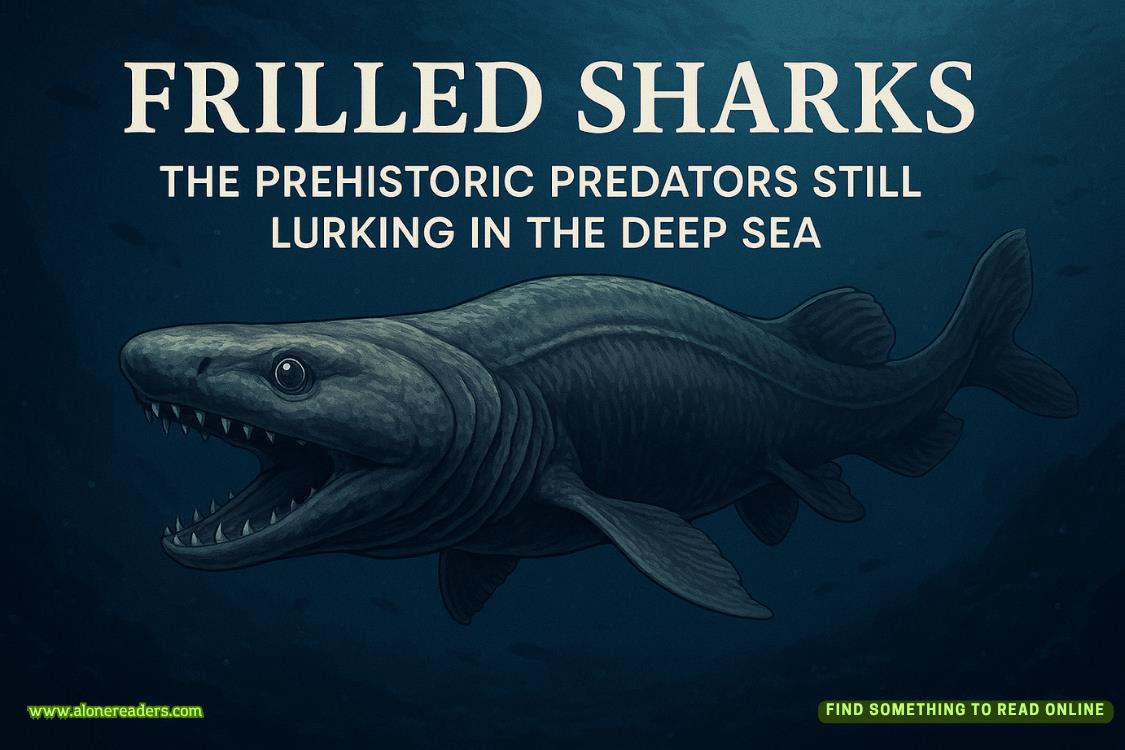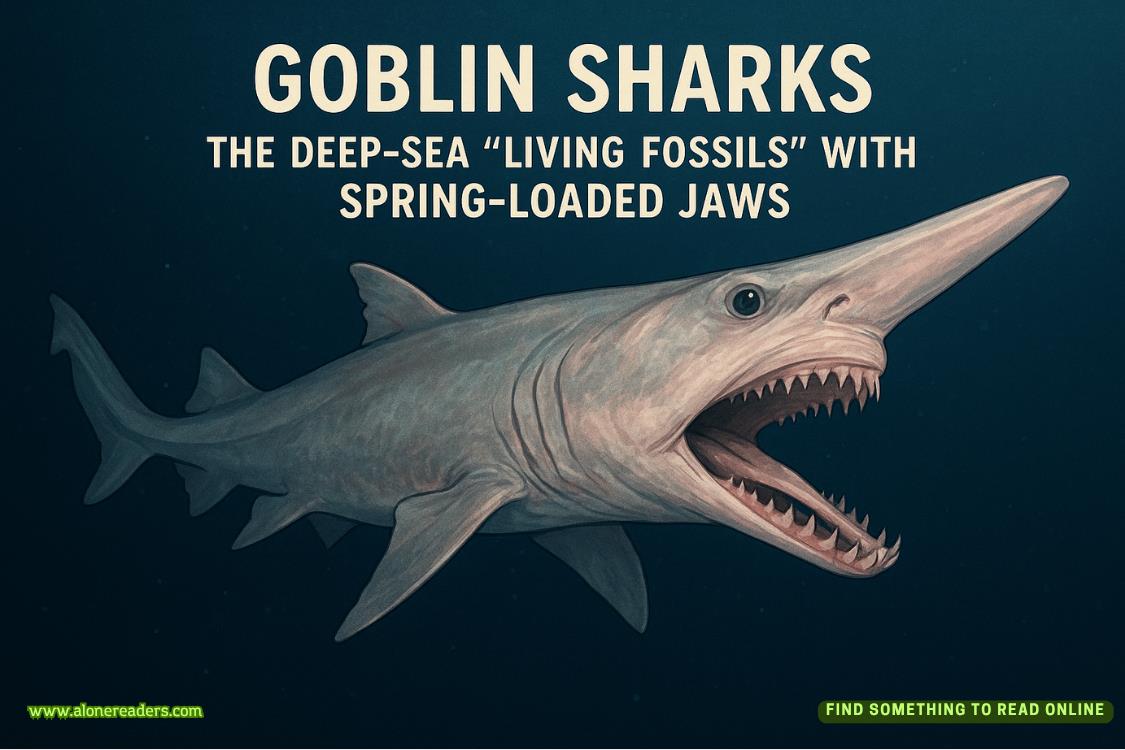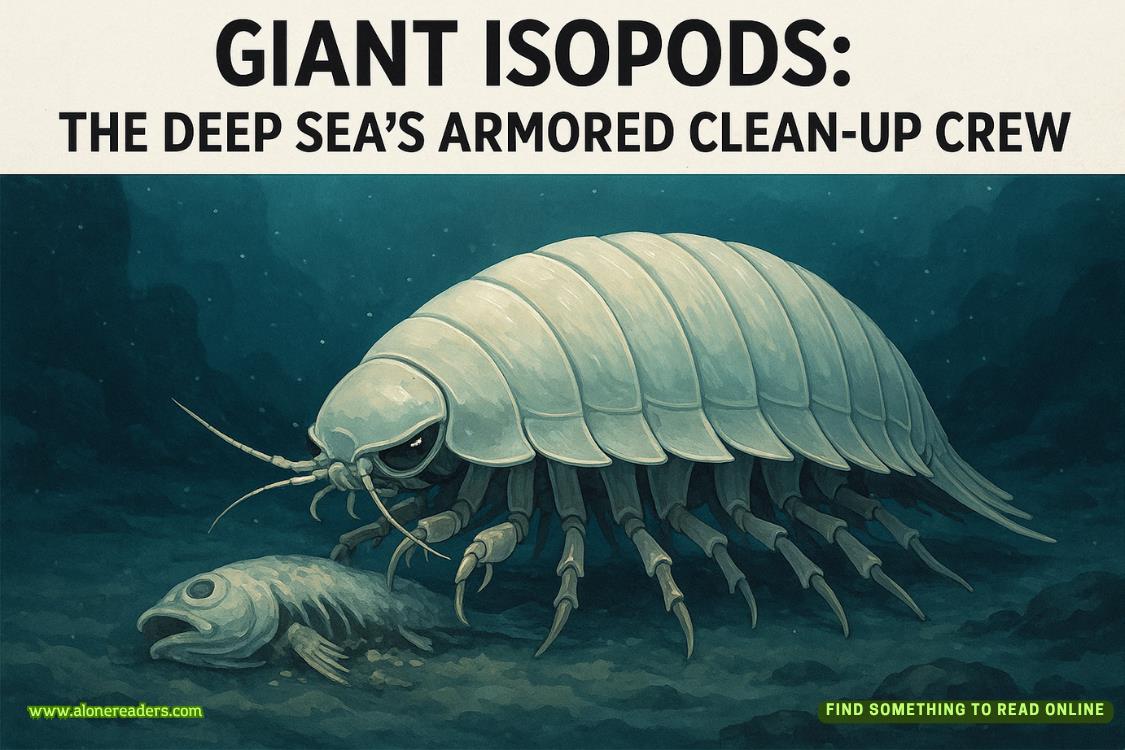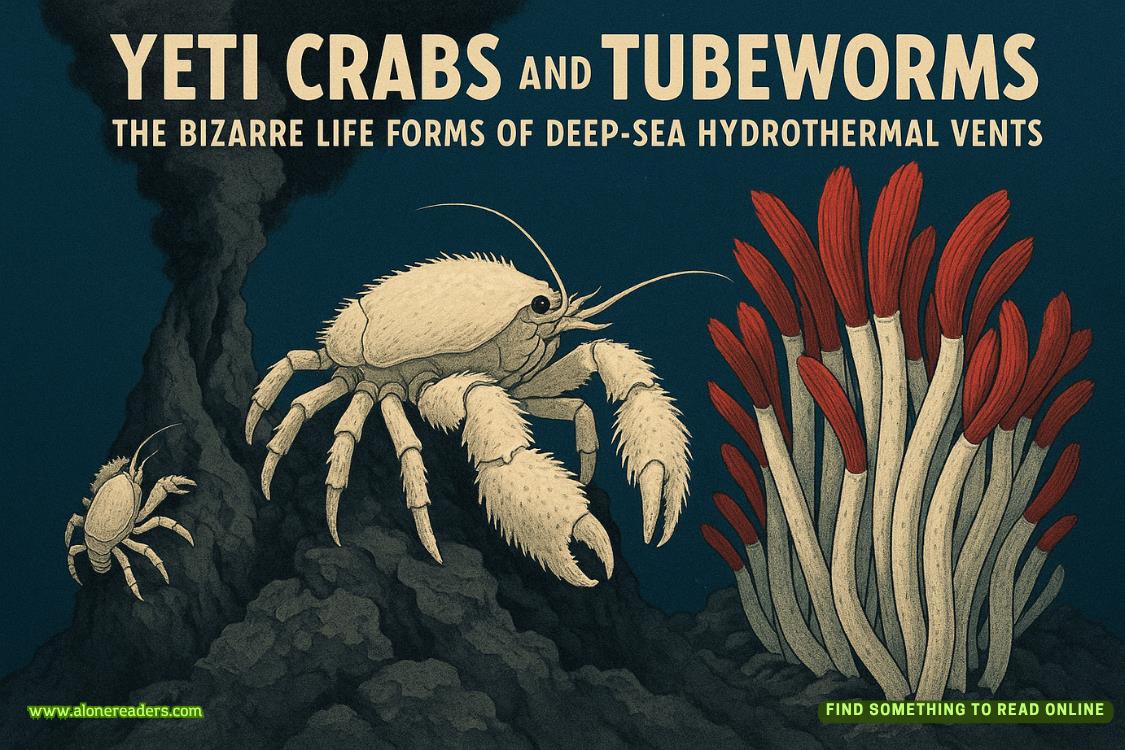“Many times,” said Arielle. “There’s no way out.”
“But did you look for anything unusual? Anything that might be causing the barrier?”
The empousa’s hair burned more brightly, as if she were expending more energy to process Hazel’s question. “I’m not sure what you mean.”
Rather than try to explain, Hazel marched up to the barrier. She pressed her palm against the invisible wall. Then she began walking west, keeping her hand in contact with the cool surface. Asterion and Arielle followed.
“What is shedoing?” Arielle asked.
Asterion grunted. “I often do not understand demigods.”
The boundary ran straight, but it was not always easy to follow. At one point, Hazel had to climb through some hedges and then clamber over the pedestal of a large statue—a helmeted man holding a sword to the sky. Finally, as she approached the far end of the plaza, she found a corner—a forty-five-degree turn in the wall.
She crouched, tracing her fingers to ground level, and saw what she was looking for. Where the two sections of the invisible wall met, a small metal object had been tucked under a sage bush. Its twelve sides were hollow Celestial bronze, with a hole in each face and a protruding knob wherever three corners met. Unfortunately, it was on the other side of the boundary, out of reach.
“That’s it,” she said. “This is how they’re holding us!”
Asterion knelt next to her. “What is it?”
“A dodecahedron,” she said. “Did Johan tell you how he was tricked into releasing one from the treasury?”
“He did. He said the object froze a demigod in place.”
“One dodecahedron can do that,” she said. “I bet we’ll find three more of these, one at each corner of this park.”
“But how do they work?” asked Arielle.
“I…don’t know, exactly,” Hazel admitted. “They’re ancient creations. But once they’re set up and activated, they capture and hold anything within their perimeter. Indefinitely.”
The empousa scowled. “Powerful magic for something so small. Couldn’t we simply break the connection somehow? Perhaps one of the harpies could fly out there and retrieve it.”
Hazel considered this. She had an uneasy feeling that Pirithous wouldn’t make it so easy to escape his prison. And if a flying prisoner could not get out…that raised a disturbing possibility about the nature of this cage.
“Ah,” said a familiar voice, somewhere to her left. “There you are, Hazel Levesque!”
Hazel rose and then stumbled backward into Asterion.
Standing just outside the invisible barrier was Pirithous himself.
He was still wearing his judge robes, his Hades mask hanging from a rope around his neck. His cruel smile sent a chill down Hazel’s spine.
“How are you settling in?” he asked. “Are the facilities to your liking?”
“Let us out, Pirithous,” she growled.
“Oh, but we’re just getting started!” he said, his eyes alight with joy.
Asterion touched her arm. “Come away, Hazel. We do not need to talk to this monster.”
“Funny that you should use that word, Asterion,” said the judge. “Rather ironic.”
“Shut up,” snapped Hazel.
He chuckled. “Manners, young lady. I know you think I’m a villain. And I did make a mistake, long ago. But I paid for my crime a hundred times over. At leastyourpunishment will be fair and just.”
“Fair and…” Hazel was so angry she choked on the words. She wanted to punch Pirithous in the face, but she guessed the barrier would break her hand.
“What exactly was your crime?” asked Arielle. “It must have been pretty bad if you ended up grafted to a rock.”















